Test: Claas Axion 930
 The hills during the test were deceptively steep but, despite the large tall wheels on the 930, it felt very stable.
The hills during the test were deceptively steep but, despite the large tall wheels on the 930, it felt very stable.
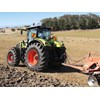
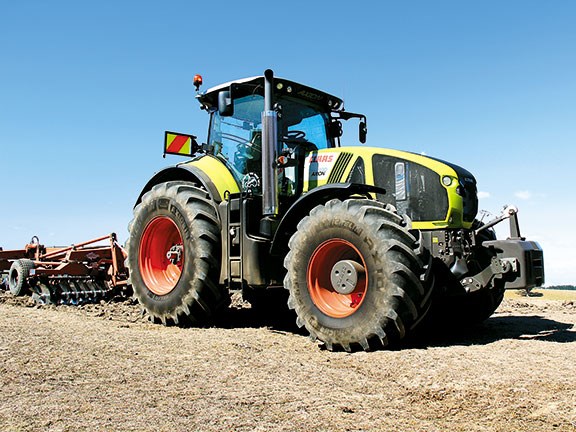

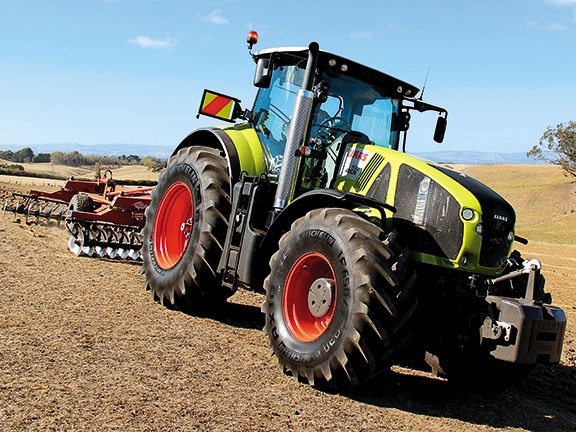

 The 930 made light work of the barren Manawatu hillside with fuel consumption never edging over 15L/hr.
The 930 made light work of the barren Manawatu hillside with fuel consumption never edging over 15L/hr.
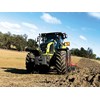
 The CEBIS screen on the armrest allows the operator to tailor the tractor to their individual requirements. It's not a touchscreen, but I don't think that's a bad thing.
The CEBIS screen on the armrest allows the operator to tailor the tractor to their individual requirements. It's not a touchscreen, but I don't think that's a bad thing.
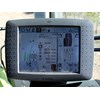
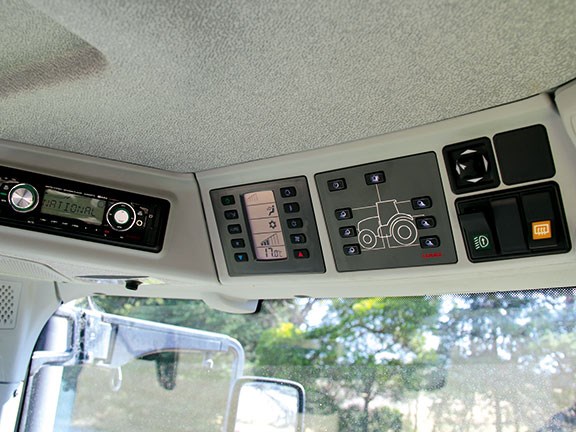 The lighting, radio, and climate control for the large cab are all mounted on the right-hand side of the roof.
The lighting, radio, and climate control for the large cab are all mounted on the right-hand side of the roof.


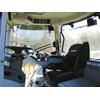


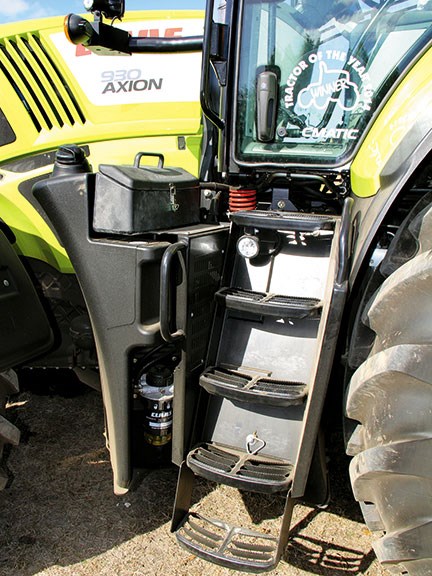 The right-hand steps easily lift up to allow quick and easy access to the battery.
The right-hand steps easily lift up to allow quick and easy access to the battery.

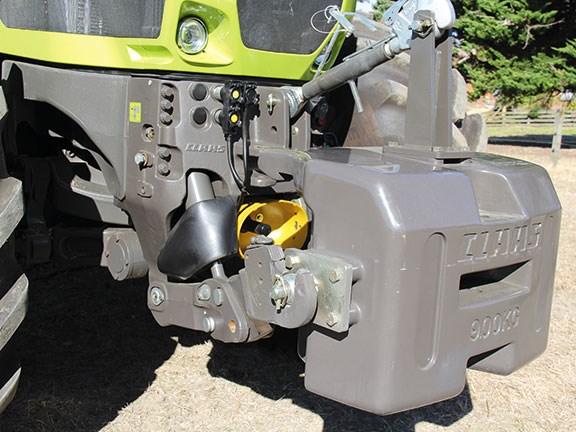 The 6.5t front hitch will make light work of most duties, like the tiny looking 900kg weight block.
The 6.5t front hitch will make light work of most duties, like the tiny looking 900kg weight block.

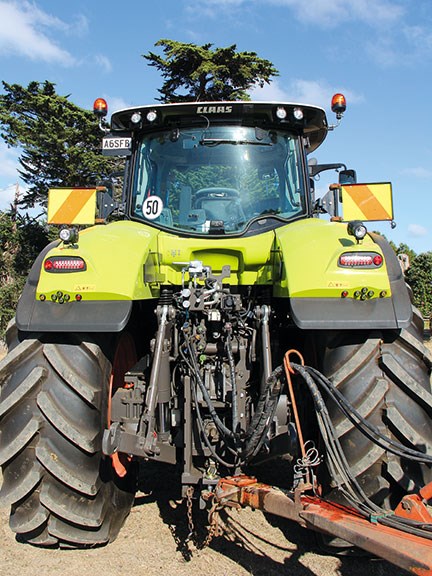


|
|
The hills during the test were deceptively steep but, despite the large tall wheels on the 930, it felt very stable.
|

|

|

|
|
The 930 made light work of the barren Manawatu hillside with fuel consumption never edging over 15L/hr.
|

|
|
The CEBIS screen on the armrest allows the operator to tailor the tractor to their individual requirements. It's not a touchscreen, but I don't think that's a bad thing.
|

|
|
The lighting, radio, and climate control for the large cab are all mounted on the right-hand side of the roof.
|

|

|

|
|
The right-hand steps easily lift up to allow quick and easy access to the battery.
|

|
|
The 6.5t front hitch will make light work of most duties, like the tiny looking 900kg weight block.
|

|
As implements get larger and farmers and contractors require faster speeds and greater efficiencies, the pressure is on tractor manufacturers to design and build tractors to cope with these demands. This month the all-new Claas Axion 930 proved it was only too happy to oblige.
My photos don’t accurately show how big the Claas Axion 930 really is. The tractor weighs over 900kg and sits on 650/75 R 30 front rubber and 710/75 R42 rears.
Claas is no new-comer to the high-horsepower category of farm tractors, with its existing Xerion high-horsepower tractors delivering more than 500hp.
Design
Claas has adapted the FPT engine for life within the Axion by mounting it in a half-frame chassis, which also allows it to sit low and keep the centre of gravity as low as possible. This substantial piece of casting incorporates the engine sump and leaves a tunnel for the 4WD shaft, while out front the 6.8-tonne-capacity front linkage can perform without the need for extra bracing.
Because of the moulded chassis with the low sitting engine, it means components and daily checks are all accessed from ground level, without compromising ground clearance, as well as improving the steering lock angle for maximum manoeuvrability.
Additional front ballast is not needed for many tasks, primarily due to the 3.15-metre wheelbase and the 55/45 (rear/front) weight distribution.
The long wheelbase, optimum weight distribution, and the massive 2.15-metre diameter rear tyres and 1.70-metre diameter front tyres ensure all that power is converted into traction without the need for additional ballasting.
Engine
So what's new about the Axion range?
Claas has opted for the Cursor 9 from Fiat Powertrain Technologies (FPT) and boasts the latest common rail four-valve technology, charge-air cooling, and a wastegate turbocharger.
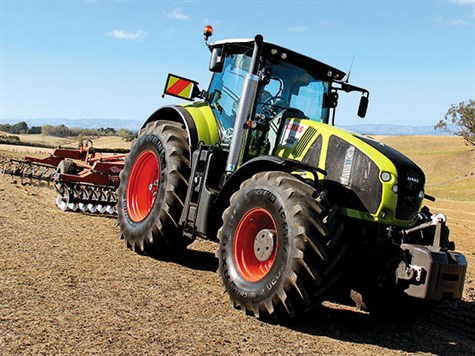
The engine is very low revving, with the maximum torque (all 1450Nm of it) being produced between 1100rpm and 1600rpm, which is impressive to say the least, but more impressive was the average fuel consumption for the discing — around 15 litres per hour from a 350hp tractor.
A cool, new feature is the 'visctronic' electronic fan, which ensures the fan speed is precisely aligned with engine temperature and load. This is all directly linked to the engine ECU, ensuring that the engine always runs at the optimum temperature and reduces fuel use. Additionally, the reduced fan speed lowers the noise level and the machine is very quiet for its size.
Transmission
Claas has opted for the ZF Eccom 3.0 CVT for the Axion models, which it has dubbed CMATIC, and is capable of 50kph at just 1600rpm (40kph is also available).
This continuously-variable transmission has four mechanical ranges which are automatically selected by multidisc clutches and there is no need to shift between ranges manually. The high mechanical component of the transmission (verses hydraulic power) provides efficiency by getting more power to the ground than some other CVTs on the market.
During field work, at between 7kph and 15kph, the transmission averages over 80-percent mechanical power and for transport operations the CMATIC transmission will be averaging a 90-percent mechanical situation, which in turn will result in fuel savings.
For driving itself, the transmission has three operating modes auto (foot pedal), Cmotion (hand control) and manual mode. The mode in use is displayed on the CEBIS screen, while a bright orange button on the armrest allows you to switch between auto and Cmotion on the go.
However, to get into manual you must activate this through the CEBIS screen. Once in this mode, the driver can choose the engine speed and transmission ratio.
The engine speed at full load can be adjusted using the engine droop settings, which are displayed on the CEBIS monitor. The driver can specify a different droop setting, as well as specify it separately for the individual drive modes and both engine speed memories.
The CMATIC transmission provides three speed ranges in each direction, allowing the use of three different cruise speeds in each direction, which can be pre-selected. All three ranges are shown on the bottom left-hand corner of the CEBIS, with the one in use popping forward so it is clearly identified. You can change these settings while the tractor is on the move.
The transmission works very well and is easy to get in and drive. The only negative here is that the shuttle controller on the steering column also features the park brake (huge fan of this) but the Cmotion lever also has a single button which allows you to change direction, although the shuttle lever must be in neutral for this to work, so it could do with some fine tuning.
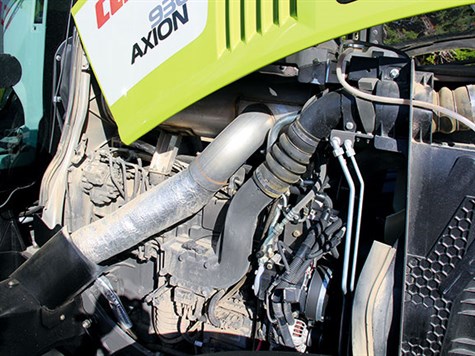
Hydraulics and linkage
The Axion models are equipped with a load-sensing hydraulic system with flow volumes of 150 liters per minute, or the larger 220 litres per minutes (like our test machine) as well as 80 litres of oil for external use.
It has up to six electronic spool valves at the rear and a single double-acting valve (there's an option for two) at the front, as well as a single flow return valve. All spool valves have time and volume control, as well as a continuous flow function and Power Beyond as standard.
All valves can be interchanged from the colour-coded paddles onto the Cmotion lever on the armrest.
All the hydraulic couplings at the rear have release levers, so they can be connected and disconnected even under pressure. Meanwhile, the coloured +/– markings on the inlet and outlet sides make it easier to attach implements correctly.
All Axion 900 models have a maximum lifting capacity of near enough to 11 tonnes. The front and rear linkage both have dials to set depth control and are mounted on the armrest, although the rear linkage can be moved to the preset working depth or transport position at the touch of a button on the Cmotion lever. The current position can be changed manually at any time via a two-stage incremental adjustment system.
Operating environment
When it came to the new Axion's cab, I wasn't disappointed. Even from the outside, the low set door handles were a nice touch so you don't have to climb all the way up the six steps to open the large one-piece doors.
The foot-operated tilt function for the dash and steering wheel make individual operator adjustments easy, and my favourite was the heated and air-conditioned seat.
The cab is four post, unlike the five-post design on the new Arion range, although the large rounded rear window and one-piece doors offer excellent visibility. Given the size of the machines it will no doubt be towing, this is a handy feature.
Forward visibility is good. The four-post cab suspension has also been tweaked to further improve what was already a very comfortable place to be, as well as the addition of front suspension, which comes as standard on the 50kph versions like our test machine.
More than 20 machine functions, including the transmission, linkage, hydraulics, GPS guidance and headland management system are controlled using either the Cmotion controller or the buttons on the armrest.
When it gets dark, 14 front lights (actually 16, but you can switch the headlights off in favour of four xenon lights on the cabs pillars) allow excellent visibility.

The verdict
The Axion 930 is a serious bit of kit that needs a serious amount of work laid out in front of it to justify the outlay.
But you'll be hard-pressed to find a more comfortable tractor on the market, and when it's coupled with a very user-friendly cab and a smart and easy-to-operate transmission that can hoon along at 50kph, there aren't too many boxes left to tick.
Pros
- Large well-laid-out cab with good storage and space
- Smooth ride from front and cab suspension
- Long service intervals
- Excellent visibility
- More than 20 of the tractor's functions can be controlled off the armrest
- Low revving engine will equate to lower running costs
- Neatly stowed toolbox
- Release-under-pressure levers for spool valves
- 14 forward-facing lights offer visibility over large front implements
- Large roof overhang keeps the cab cool despite the large glass area
Cons
- Poor hitch visibility and the drawbar is almost impossible to see
- Shuttle lever must be in neutral for the button on the Cmotion lever to work
For the latest reviews of farm machinery, subscribe to Farm Trader magazine here.
Keep up to date in the industry by signing up to Farm Trader's free newsletter or liking us on Facebook







.jpg)
.jpg)
.jpg)

